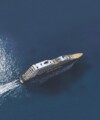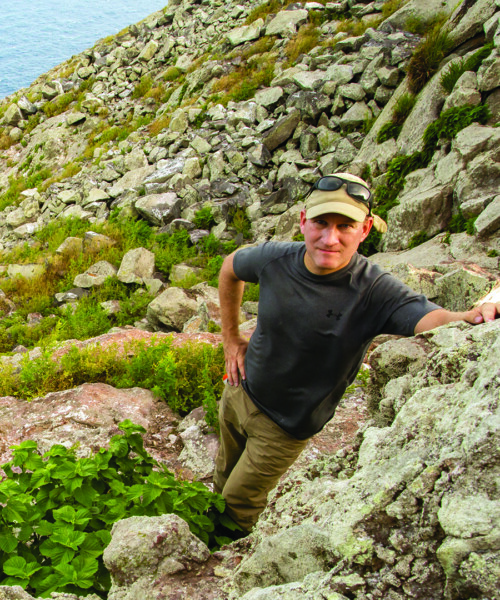From the tiniest salamander in Colombia to the most majestic of elephants in Africa, the world’s ecosystems have maintenance needs that see no limit. The nonprofit Global Wildlife Conservation (GWC) is committed to protecting the endless array of species—all playing a fundamental role in the overall health of our planet—through exploration, research, and, of course, conservation.
Today, the planet’s animal and plant species are under more pressure than ever before, with an increasing number on the brink of extinction. For the first time in the history of our planet, we are entering a period of extinction 1,000 to 10,000 times the background rate, driven by the actions of just one species: humans. As species disappear, we lose both the known and unknown benefits they provide. Evidence is mounting that extinctions are altering key processes important to the productivity and sustain-ability of Earth’s ecosystems. Currently, GWC remains loyal to a docket of core projects, ranging from protecting critically endangered species to embarking on the largest-ever quest to find and protect species not seen in the last decade, in order to make the difference the world needs.

The Javan rhino is one of the critically endangered species—with a known population of just 68 individuals—that GWC aims to protect. Currently, all 68 rhinos are confined to Ujung Kulon National Park in West Java, Indonesia. Conservation efforts include enhancing the strict protection of the remaining animals and their habitat, moving individual rhinos to a new location to establish a second population elsewhere in Indonesia, and controlling the invasive Arenga palm, which shades out the forest floor, preventing the growth of plants that the rhinos eat.
Additionally, the aforementioned quest to find and protect specific species, the Search for Lost Species, is spearheaded by GWC in collaboration with more than 100 scientists around the globe. GWC has compiled a list of 1,200 species of animals and plants that are missing to science and, from that list, teased the top 25 “most wanted” in the world. Quirky, charismatic, and elusive, these species are global flagships for conservation.

Don Church, president of Global Wildlife Conservation
It’s clear that Global Wildlife Conservation is dedicated to maximizing its impact on this planet through biodiversity exploration and constant recovery. The most unique feature of Earth is the existence of life, and the most extraordinary feature of life is its diversity. The very air that we breathe, the water that we drink, the food that we eat—they all come from the diversity of life on Earth. GWC has protected more than 350,000 acres of key habitat in the world’s biodiversity hot spots: protected habitat for more than 150 threatened species, as well as 17,000-plus other species to help prevent them from becoming threatened in the future. And there are no signs of the effort slowing down.






































